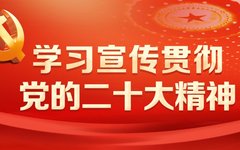Click the blue text to follow us

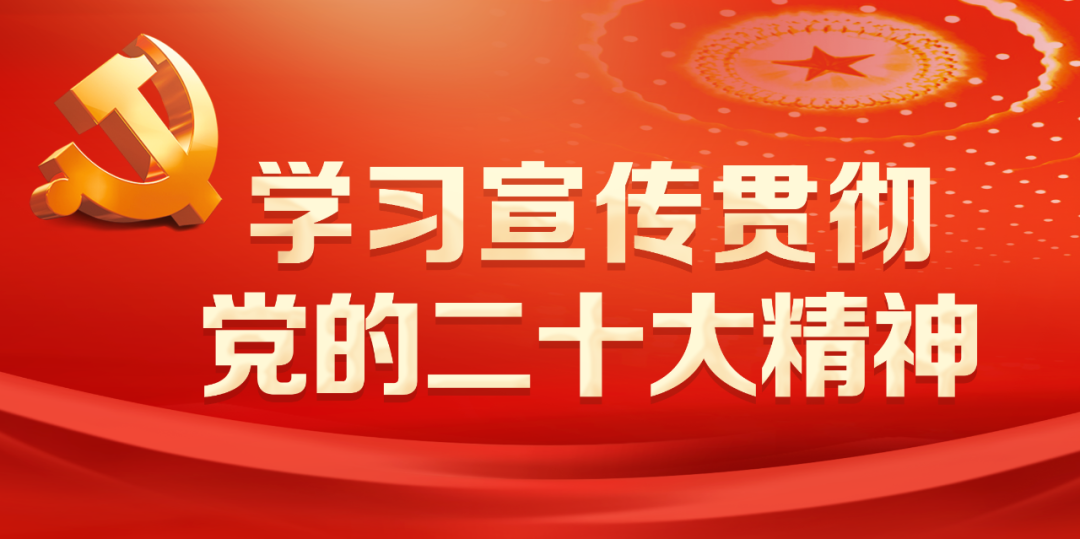
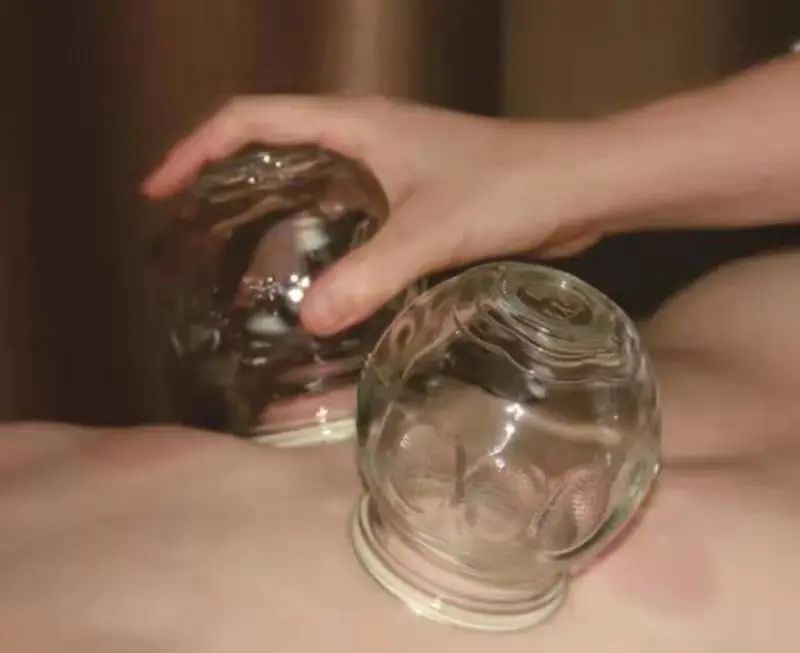
Cupping
Therapy
/
Cupping therapy is a traditional Chinese medicine external treatment technique that uses cups as tools to create negative pressure inside the cup through methods such as burning, suction, or steam. This allows the cup to adhere to acupuncture points (腧穴, shùxué) or corresponding areas of the body, causing local skin congestion or bruising, thereby achieving the effects of warming the meridians (经络, jīngluò), dispelling wind and cold, reducing swelling and pain, and detoxifying and draining pus.
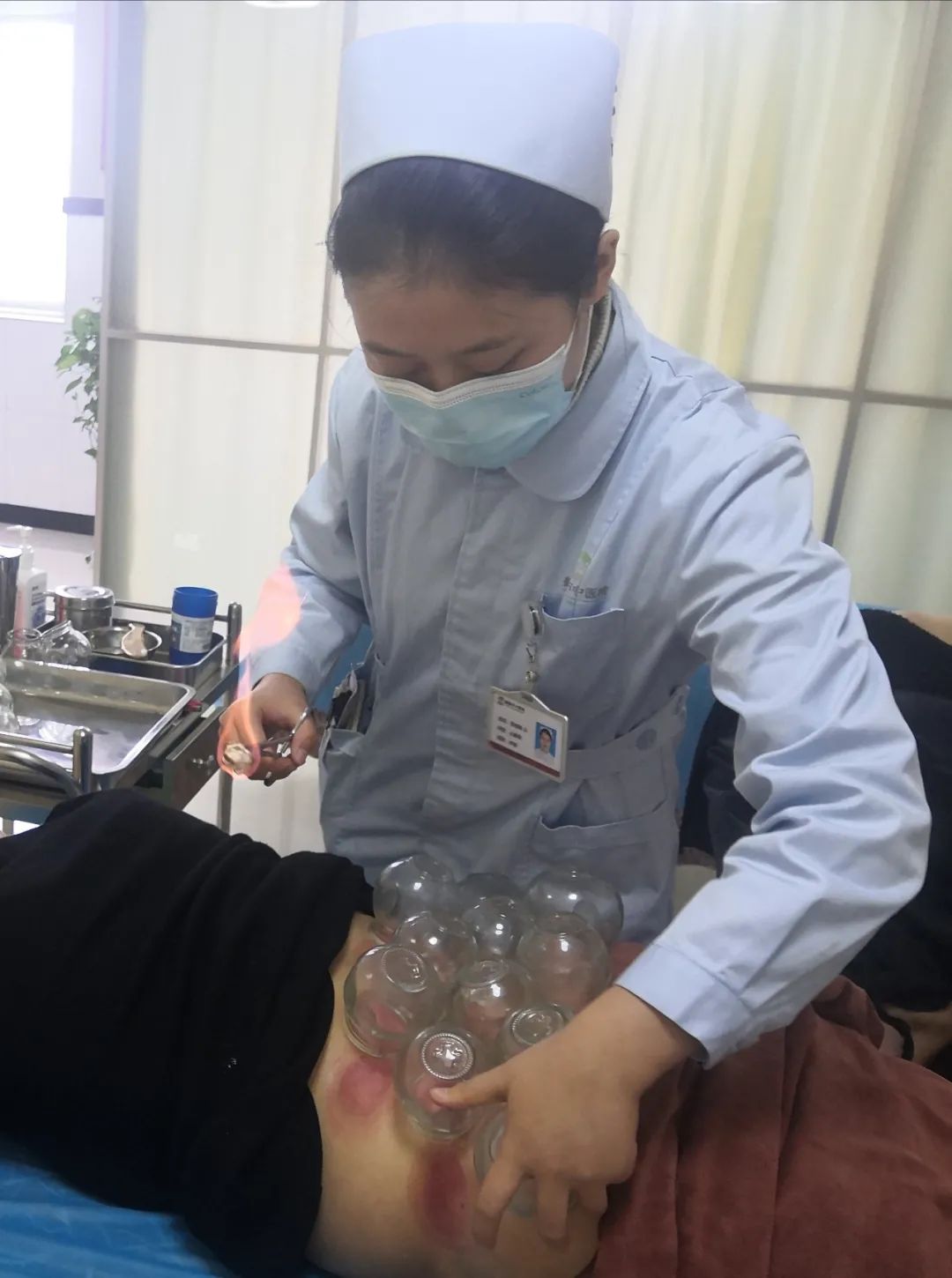
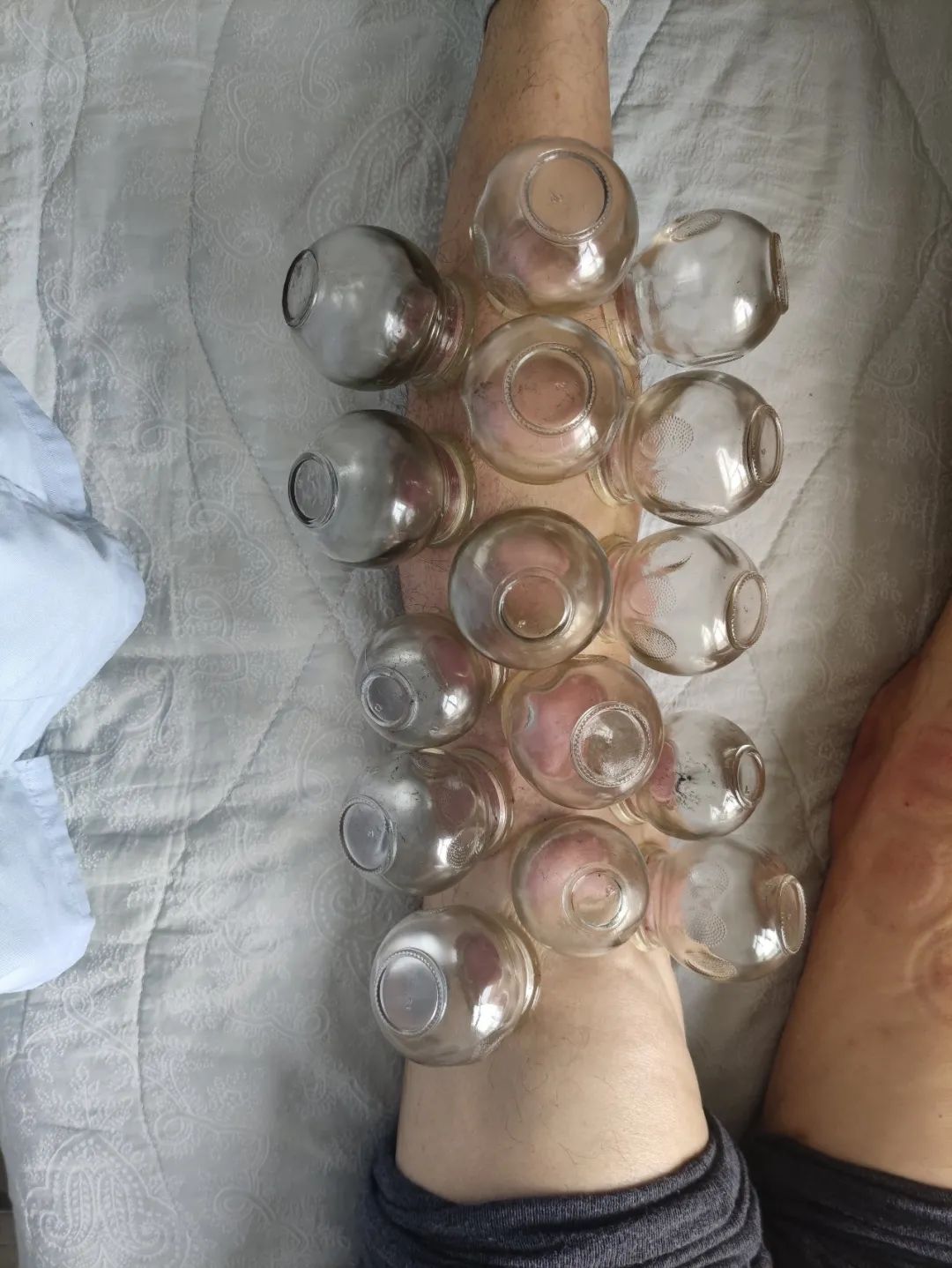
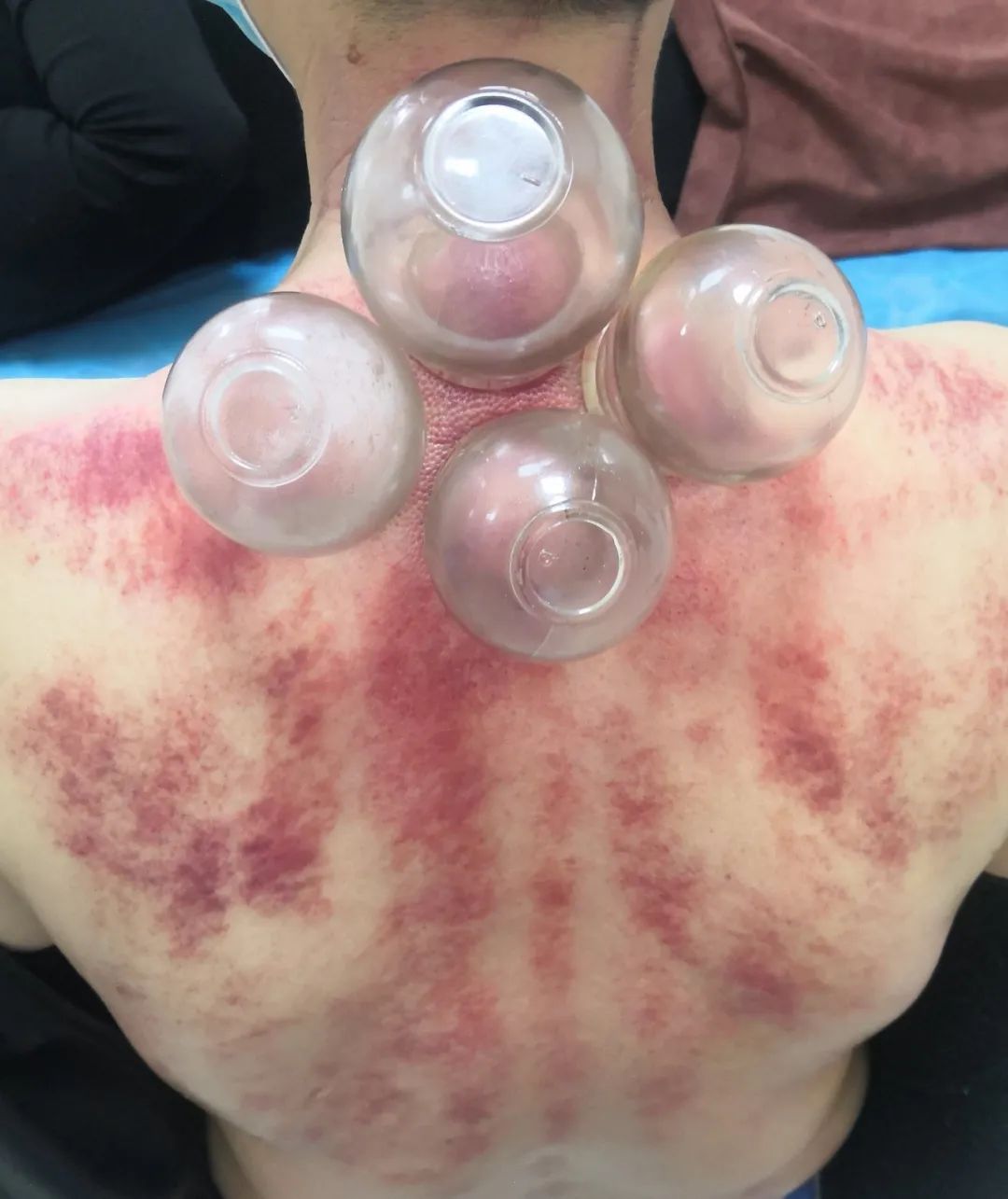
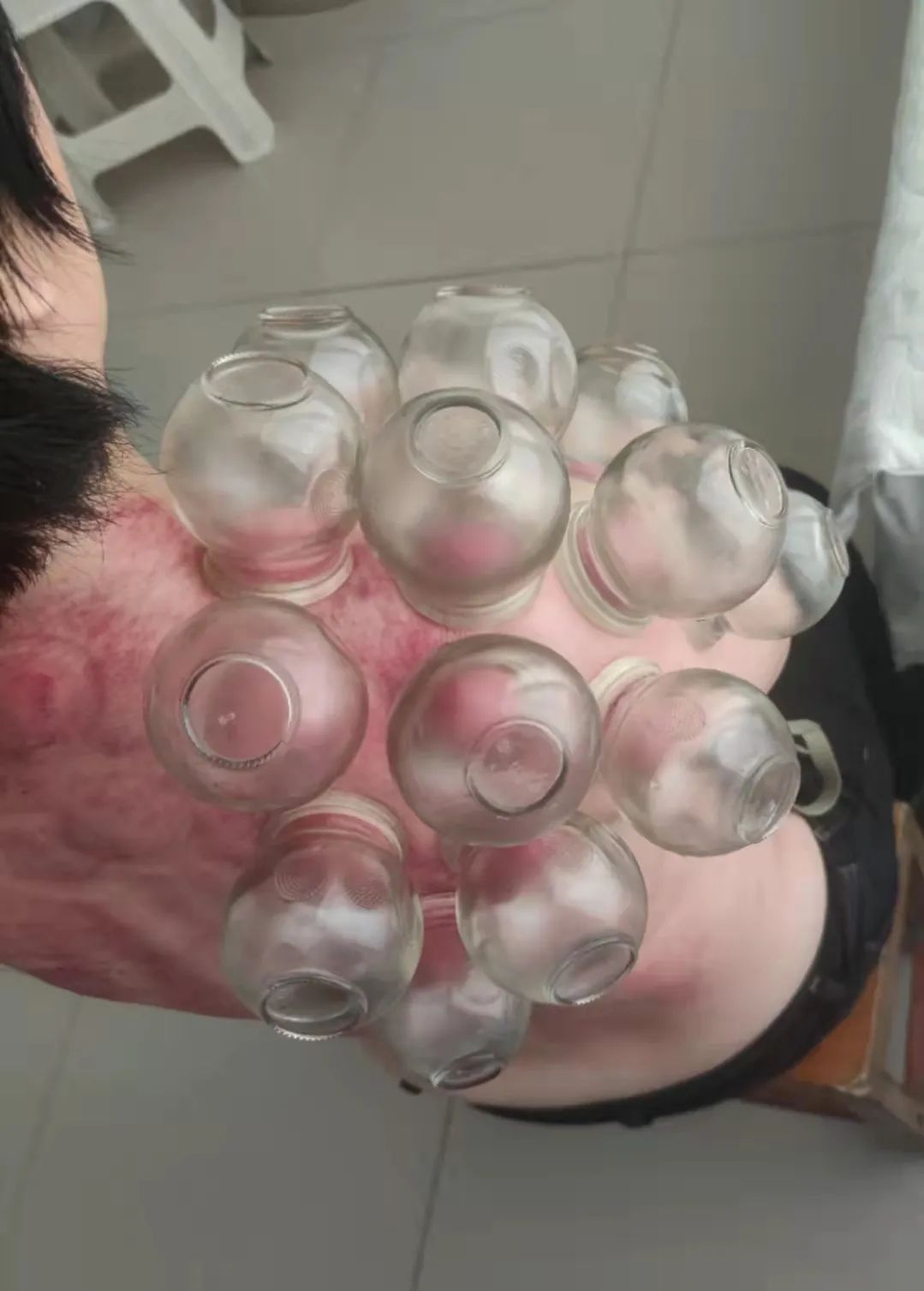
Swipe left and right
Cupping therapy was first recorded in the silk book “Fifty-Two Disease Formulas” unearthed from the Mawangdui Han tomb, which is also the oldest existing medical book in China.
Initially referred to as the horn method, it involved using hollowed-out animal horns to suction and treat abscesses. With continuous practice and summarization by ancient physicians, by the Qing Dynasty, the methods and applicable scope of cupping had greatly advanced, and the term “fire cupping” (火罐, huǒguàn) was officially proposed and has been used to this day.


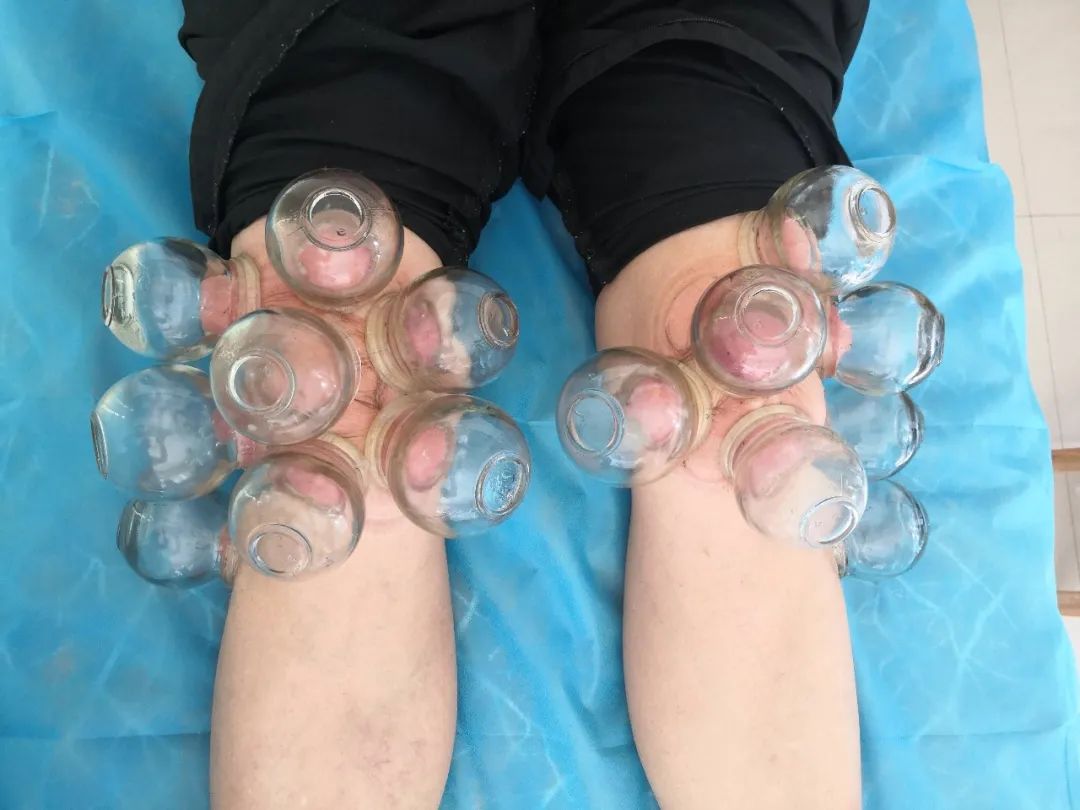
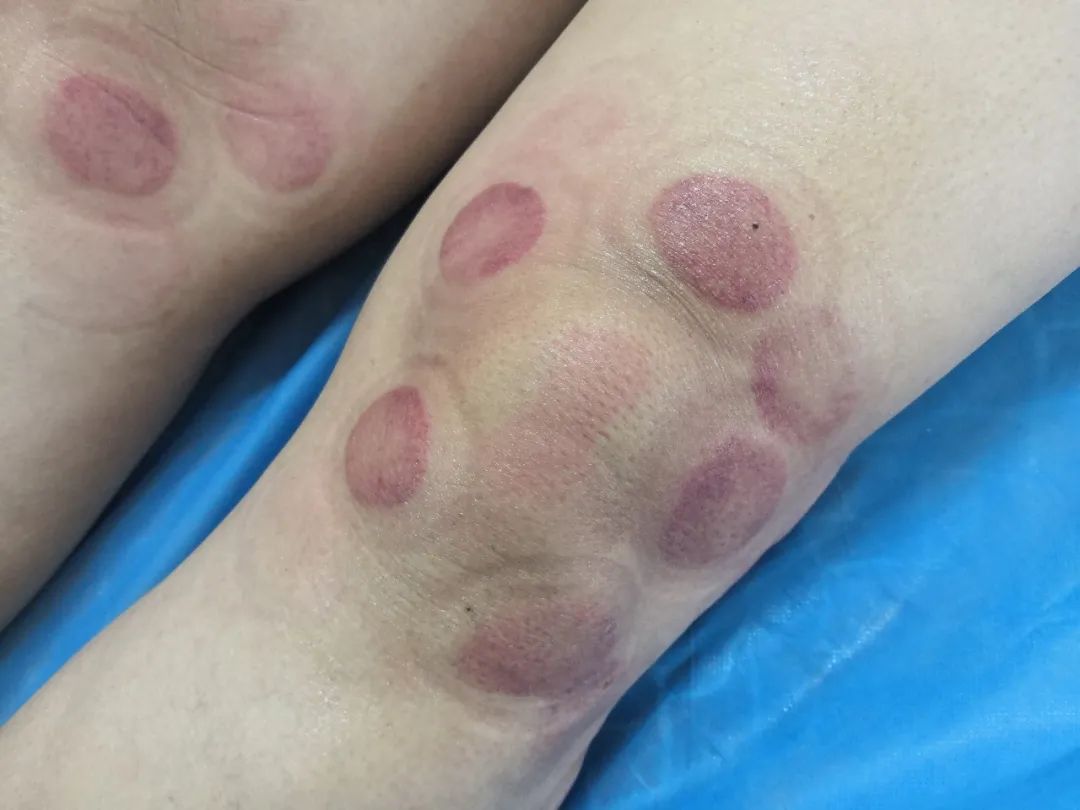
Cupping Methods
● Clinically, balancing fire cupping and bloodletting cupping are commonly used.
● Balancing Fire Cupping
Utilizes meridian conduction to regulate the internal organs through beneficial stimulation and the effects of fire cupping, applicable for symptoms such as headaches, lower back pain, neck and shoulder pain, insomnia, and cough caused by wind-cold type colds. It mainly includes:
(1) Flash Cupping
This method involves quickly applying and removing the cup using flash fire or suction methods, repeatedly applying until the skin becomes red and warm. It is suitable for colds, skin numbness, facial conditions, post-stroke sequelae, or weakness.
(2) Sliding Cupping
Also known as push cupping, a lubricant is applied to the area before the cup is suctioned onto the skin. The practitioner holds the bottom of the cup, tilts it slightly, and moves it back and forth or in circular motions until the skin becomes red or develops petechiae. It is suitable for acute febrile diseases, deep tissue stagnation pain, wind-cold invasions, neuralgia, rheumatic pain, and widespread pain.
(3) Retained Cupping
Also known as sitting cupping, this method involves leaving the fire cupping on the treatment area for 10-15 minutes. It is suitable for most clinical conditions.
● Bloodletting Cupping
This method involves puncturing the skin to draw blood before applying the cup. The practitioner selects the treatment area, disinfects the skin with 75% alcohol, and uses a plum blossom needle or three-edged needle to quickly puncture the area until the skin is slightly red and oozing blood, then quickly applies the fire cup to the punctured area.
It is suitable for emergency detoxification of snake bites, ulcers, herpes zoster, and skin diseases such as acne, dermatitis, urticaria, and eczema.
00:19
Duration
Precautions
1. Cupping is not suitable for individuals with coagulation disorders, respiratory failure, severe heart disease, significant weight loss, pregnant women on the abdomen, lower back, and severe edema.
2. Choose an appropriate position and select cups of suitable size based on different body areas.
3. During cupping and retained cupping, observe the patient’s reactions. If the patient feels discomfort, the cup should be removed immediately; in severe cases, the patient can lie down, keep warm, and drink hot water or sugar water, and acupressure can be applied to points such as Neiguan (内关, nèiguān), Hegu (合谷, hégǔ), Taiyang (太阳, tàiyáng), and Zusanli (足三里, zúsānlǐ).
4. After balancing fire cupping, the skin will show purple-red bruises corresponding to the size of the cup, which is a normal response and will take several days to fade.
5. After bloodletting cupping, if there is bleeding from the puncture, it can be wiped with a dry cotton ball. Generally, the area will show redness or purplish discoloration (bruising), which is normal and will resolve on its own.
6. When using vacuum suction cups at home, ensure the cleanliness of the cups. Ideally, one person should use one set of cups, and proper cleaning and disinfection should be done after each use.
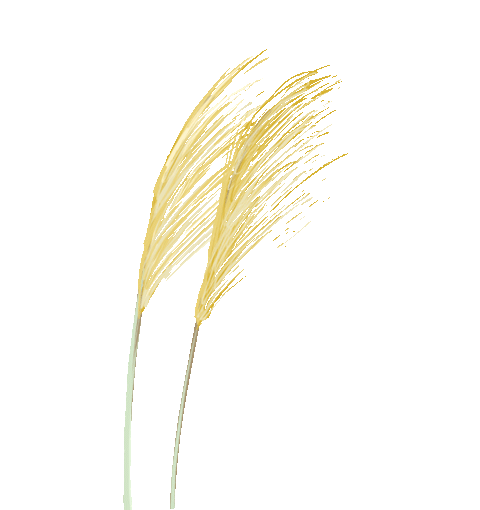
Provided by: Traditional Chinese Medicine Specialty Care Clinic
Edited by: Yuan Yansha
Reviewed by: Liu Yihui


